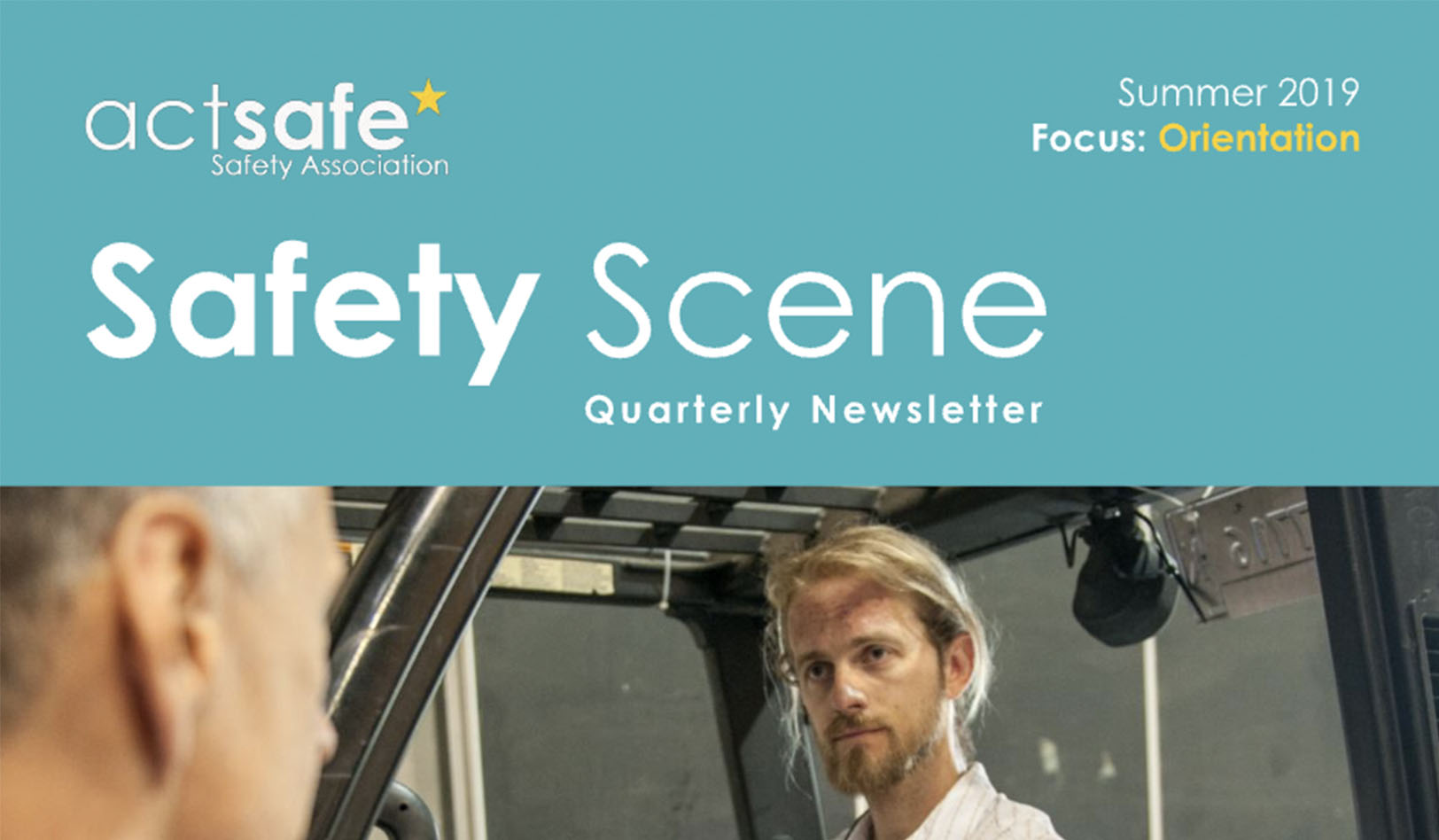Written by Robin Schooley, Industry Specialist in the Young and New Worker Program, WorkSafeBC.
When the new hires arrive and it’s your job to provide orientation and training, are you prepared? What should it look like? And should you adjust it, depending on the age of your workers?
First off, the fact that you’re giving serious consideration to orientation and training is a great start. It shows you recognize the importance of creating awareness and knowledge among your new workers, that you want them to fully understand workplace processes and potential hazards, and that you have a culture that supports safety.
The Occupational Health and Safety Regulation requires all employers to carry out training and orientation, so you’re doing your part to be diligent and compliant with your legal responsibilities. It means some effort up front, but in the long term, your efforts will result in better prepared workers, fewer costly injuries, higher worker morale, increased productivity – and if your efforts drive down injuries, lower workers’ compensation premiums.
It’s important to understand the difference between orientation and training.
Orientation isn’t necessarily site specific, but addresses health and safety aspects relative to the location of work, as opposed to the specifics of the job.
Topics for orientation include information about employer and worker rights and responsibilities, known hazards of the worksite, contact information (supervisor, joint committee and/or worker representative), information about your health and safety program, policies for working alone or in isolation, information about potential violence in the workplace, first aid, emergency response, WHMIS, and bullying and harassment.
Training, on the other hand, should relate to the instruction and demonstration of specific work tasks or processes and site specific policies and procedures. Effective training involves providing an overview of each task, including all safety precautions and safe work procedures. You should also demonstrate and describe each task, going through the steps slowly and answering questions to be sure the worker understands.
After orientation, be sure to check in on the worker periodically to make sure they continue to work safely. Retrain if necessary, and document all you’ve done.
For more details on what’s required, view Support for Employers: Training and Orientation for Young and New Workers.
If your new workers are young, think about the training techniques that might resonate with them.
Millennials (born 1980-1996), for instance, grew up alongside technological advancements. They are team-oriented, able to multi-task and are tech savvy. They have come through a world with widespread coverage of violence and uncertainty (9/11, school shootings, etc.) and safety is important to them.
Gen Z (1997-2015) youth grew up with lockdown drills, frequent discussions of internet safety, and a focus on anti-bullying. They are technology natives and multi-task even more than millennials. They, too, are safety conscious. They value diversity and inclusion, they tend to have short attention spans, and they demand relevance.
Here are some suggestions when planning training and orientation for workers in the Gen Z or Millennial category:
- These are “game oriented” individuals; consider gamifying safety if possible
- Use social media to enhance training and orientation
- Text safety messages to them
- Use short, bite-sized pieces of information (microlearning)
- Ask their opinion
- Use technology, but keep the human element
- Be supportive
- Keep lines of communication open
- Give frequent, prompt, short feedback
For more information about new and young workers, visit WorkSafeBC.com.
Questions? Email yworker@worksafebc.com.
This article was featured in the Summer 2019 edition of our quarterly newsletter Safety Scene. The full edition can be found here.



Share Now: